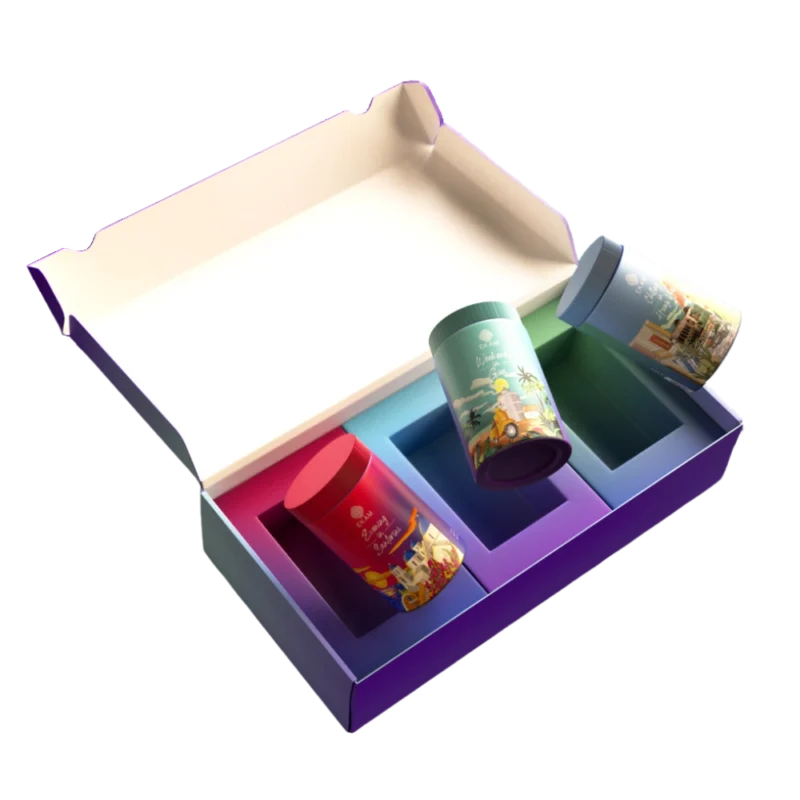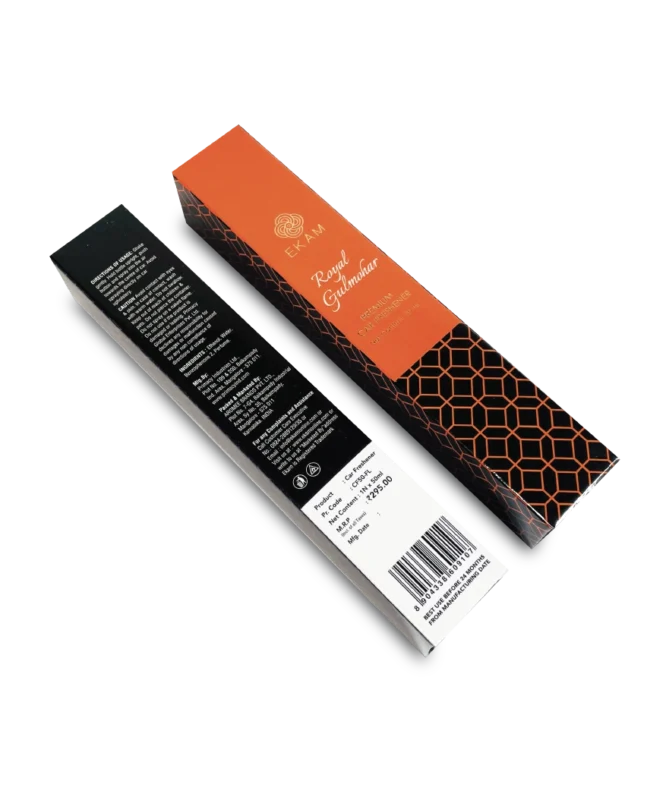Transitioning to Sustainable Packaging: 4 Strong Arguments

The packaging industry’s future is already here, and it has been fundamentally transformed. Realizing the increasing concern for the environment from consumers and brands, it is paramount to shift from conventional non-recyclable and non-reusable material packaging solutions to sustainable green solutions. Here are four compelling reasons why embracing sustainable packaging makes sense. But what is sustainable packaging? Before finding the reasons companies shift to sustainable packaging, it is wise to clarify the idea.
Sustainable Packaging: A Window to a Greener World
It is not for nothing; all big-name companies aim to reach zero carbon emissions. This is a marketing strategy and a way to save the planet. Too much deforestation is a way to effect climate change. Sustainable packaging makes it possible to decrease the use of excessive paper, which could act on climate change, resulting in a greener world.
Legislative Pressure

This means that the governments of different countries are putting in place measures to address the problem of the world’s massive amount of plastic waste today. The government has also focused on single-use plastics and non-recyclable packaging, which companies cannot use without adhering to extended producer responsibility.
Adopting sustainable materials puts businesses on the right side of policy changes. Some evidence of the policy direction includes the UK Plastics Tax, France’s Crusade Against Plastic, India’s Plastic Waste Management Rules, etc.
Meeting consumer expectations
Customers today, particularly millennials and Gen Z, are susceptible to issues related to the environment. They also would like the brands they take to be probably of the same standard that supports conserving the environment. Notably, 90% of the consumers said they are willing to use eco-friendly products if it does not reduce their product quality.
Hence, by incorporating things like recycling, low carbon impact, etc., into packaging, the consumer gets sensitized and develops a preference for a given brand. It also enhances the image and reputation of the company, as they are the first to go out and fight social issues.

Cost Competitiveness
Sustainable packaging solutions may cost, to some extent, but longer-term costs are relatively economical compared to conventional packaging solutions. Some include process efficiencies, local sources, lesser energy inputs, recycling facilities, etc., which may be used to move from paper to bioplastics, such as compostable bioplastics. On the other hand, manufacturers are bound to reap significant benefits from the lighter weights of packaging materials, upsetting transportation logistics costs.
Regarding the commercial opportunity factors, one more concept, the market growth potential, is equally valid as consumers worldwide are becoming more conscious about their impact on the environment and, hence, use more and more green products.
Innovation Potential
This has been realized to put some pressure on working within planetary boundaries, leading to some brilliant innovation by packaging companies. For instance, Loliware and Vericool have been the first to introduce consumers to edible water bottles made of seaweed. Living Ink has developed an ink that can be produced from renewable algae biomass.
Evoware creates an edible wrapper based on seaweed that contains no plastic. Such products and materials, like bioplastics from plant starch, carbon-neutral packaging, or products that replace Styrofoam, have enormous market opportunities to grow while at the same time helping the environment. As technology continues to evolve, numerous opportunities can arise for innovation in packaging with sustainability.
The Conclusion
All those who do not adapt their packaging to the future may face the loss of social licenses and the failure to invest in such a promising segment. Conversely, sustainable packaging has the potential to communicate the organization’s values and mission, increase customer attachment to the brand, guarantee compliance, promote innovation, and ultimately create a sustained cost advantage. It is time for businesses to adapt for the betterment of the planet and profits, as well as for their markets and sustainability in the future.




